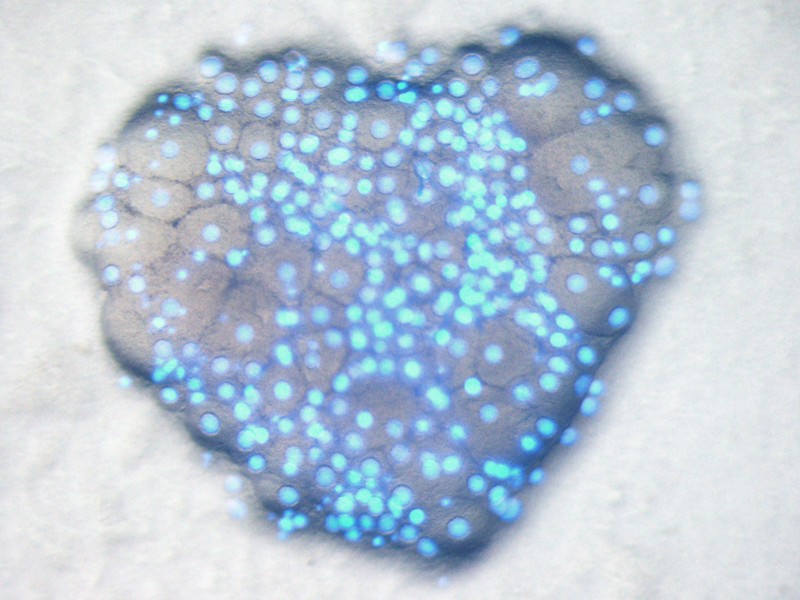By Dr Sophie Arthur
Primordial germ cells (PGCs) are highly specialised cells that are the precursor of gametes – the egg and sperm cells. Following a special type of cell division called meiosis, which involves two rounds of division, resulting in only one copy of each chromosome from the mother or father compared to the two we usually have. Once the PGCs have gone through meiosis, they start to develop as sperm or egg cells, the latter of which are also known as oocytes. There are two key parts to oocyte development though. Meiosis is one, but the other key process required is oocyte growth. However, it was not fully understood which genes are crucial to regulating oocyte growth.
Research from Katsuhiko Hayashi’s lab at Kyushu University, with contributions from the Germline and Pluripotency group at the LMS, published on 16 December in the journal Nature, identified a set of transcription factors that specifically trigger oocyte development. Using pluripotent stem cells – a type of cell that can develop into all cells of the adult body – these transcription factors were made to ‘switch on’ and swiftly converted the stem cells into oocyte-like cells.

Harry Leitch, Head of the Germline and Pluripotency group at the LMS, shared more about this paper:
“I was invited into this project when it was quite mature, so the real credit for this discovery lies with Katsuhiko’s lab. However, I was able to help with interpreting some of the data, including how this relates to other work in the field. This paper is exciting as it is helping to crystallise our knowledge of how you build an oocyte, but it raises more questions about the other pieces of the puzzle and the other essential parts of oocyte development. Hopefully, in the future our labs can work together to investigate how an appropriate genome and epigenome can be combined with oocyte growth, allowing full functionality”
This work marks being one step closer to in vitro oogenesis – the ability to create oocytes or egg cells in the lab that have the ability to become fertilised and undergo subsequent development. Another application of this technique is that it provides an alternative source of ooplasm. This is the cytoplasm of the egg cell. It is a thick substance that fills the cell and contains key cellular machinery, like proteins and mitochondria. For ethical reasons, researchers cannot access human oocytes easily, but this technique could allow the development of oocyte-like cells in order to perform research for mitochondrial replacement therapy – the replacement of mitochondria in cells to ameliorate associated disease conditions.
‘Reconstitution of the oocyte transcriptional network with transcription factors’ was published in Nature on 16 December. Read the full article here.
